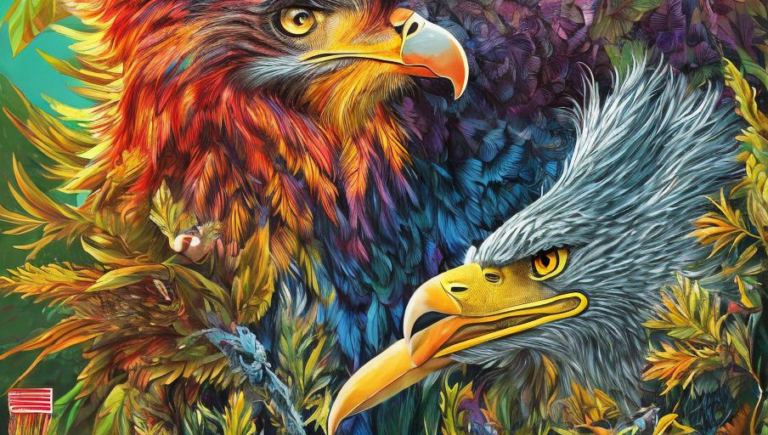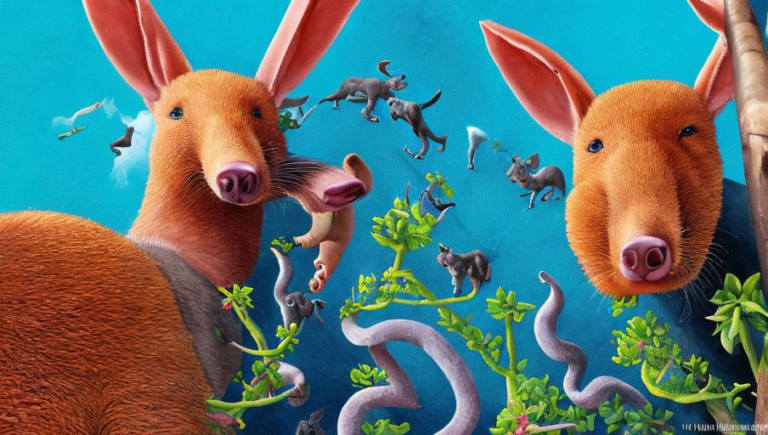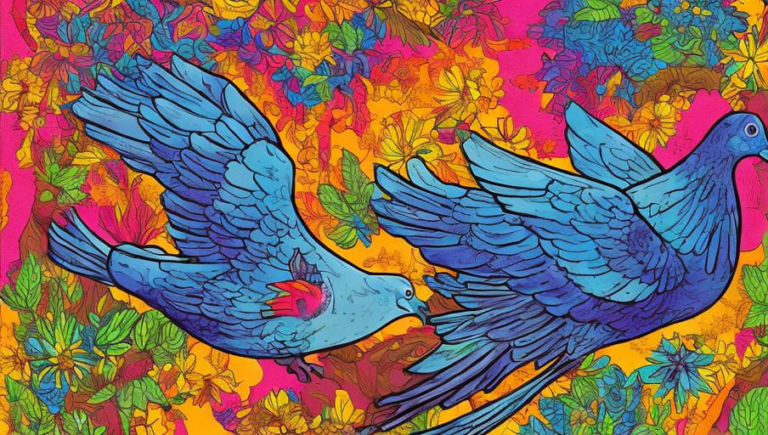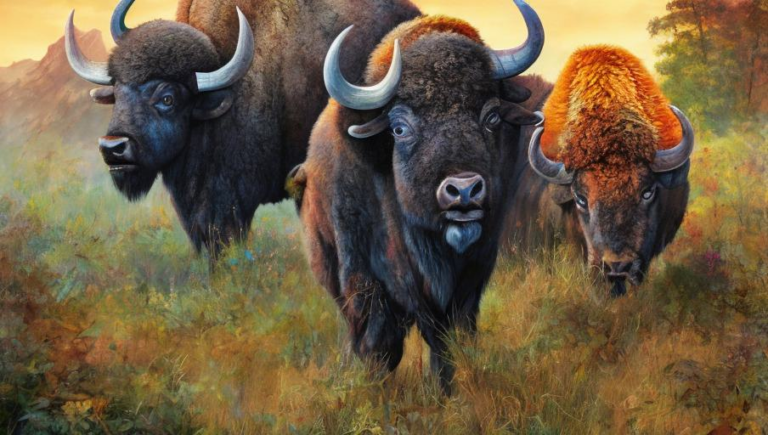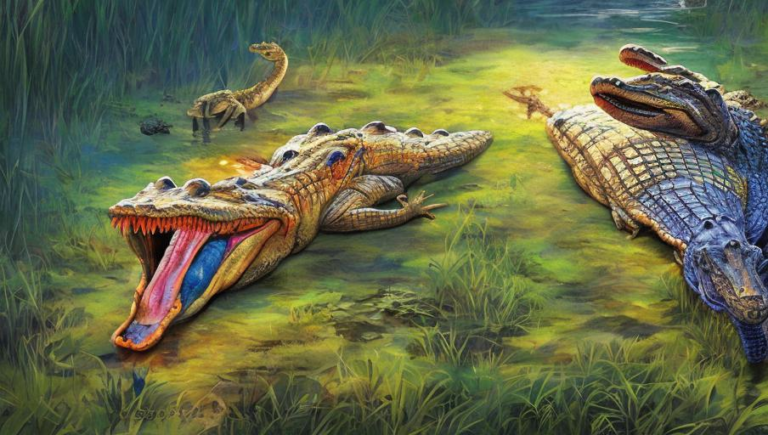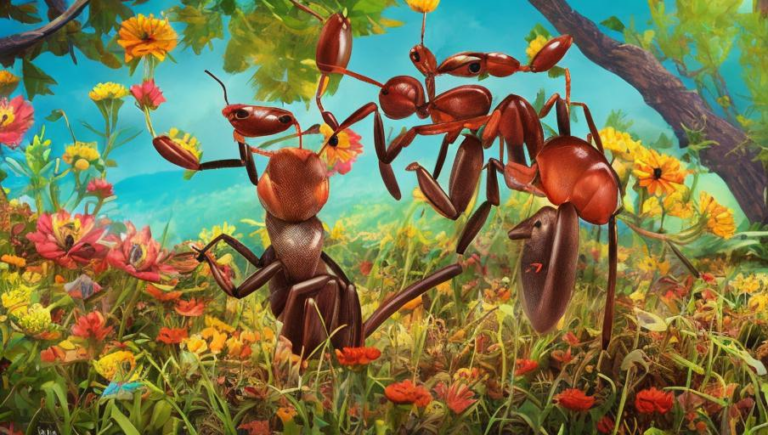Your Guide to Understanding the Capybara
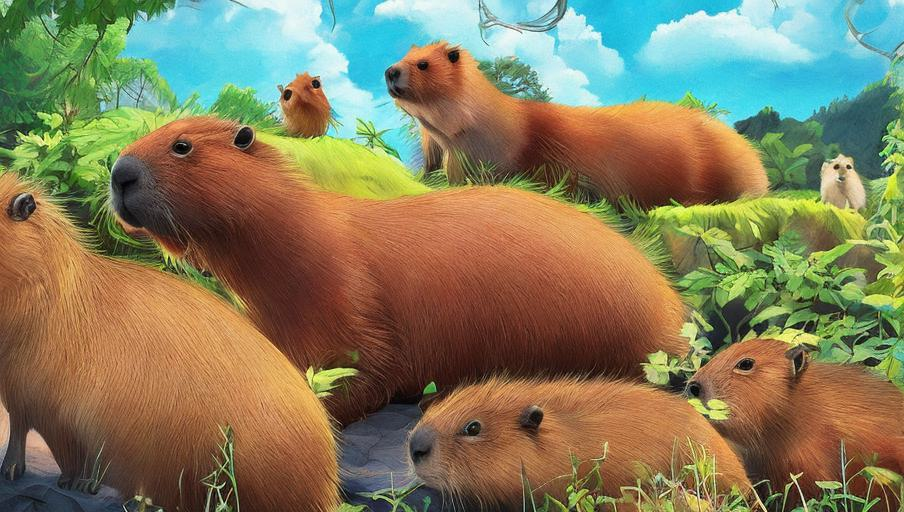
Introduction
The capybara is the world’s largest rodent, and is native to South America. It is usually found in tropical or subtropical climates near bodies of water, and it is an excellent swimmer. Capybaras are herbivores, and their diet consists mainly of grasses and aquatic plants. They are highly social animals, and can often be seen in groups of up to several dozen. They are also very vocal, communicating with each other through a variety of sounds and gestures.
Physical Characteristics
The capybara is easily distinguished from other rodents due to its size. It can reach up to 4 feet in length and weigh up to 140 pounds. It has coarse fur that is reddish-brown in color, with yellowish-brown highlights. Its head is round and its eyes are small, while its ears are large and round. Its hind legs are longer than its forelegs, allowing it to stand and walk on its hind legs for short periods of time.
Behavior and Diet
Capybaras are social animals, living in groups of up to 20 individuals. They communicate with each other through a variety of sounds and gestures, and they are highly protective of their young. They are also very vocal, making loud barks and grunts to indicate danger or to show displeasure.
Capybaras are herbivores, and their diet consists mainly of grasses and aquatic plants. They are also known to eat fruits, vegetables, and even aquatic invertebrates. They spend most of their time near bodies of water, where they feed and cool off.
Habitat
Capybaras are found in South America, in areas with tropical or subtropical climates. They usually inhabit dense vegetation near bodies of water, such as lakes, rivers, swamps, and marshes. They are also found in grasslands, woodlands, and cultivated areas.
Threats and Conservation
Capybaras are threatened by habitat loss due to human activities, such as agriculture and development. They are also sometimes hunted for their meat and fur. There are currently no international laws or regulations protecting the species, but some countries have local laws that provide some protection.
In order to ensure the survival of the capybara, it is important to protect their habitats and prevent hunting. Additionally, more research is needed to better understand the species and its needs.
Conclusion
The capybara is an amazing creature that deserves our protection and respect. It is the world’s largest rodent, and is native to South America. It is highly social, living in groups of up to several dozen individuals. It is an herbivore, and its diet consists mainly of grasses and aquatic plants. It is threatened by habitat loss and hunting, and more research is needed to better understand the species and its needs.
